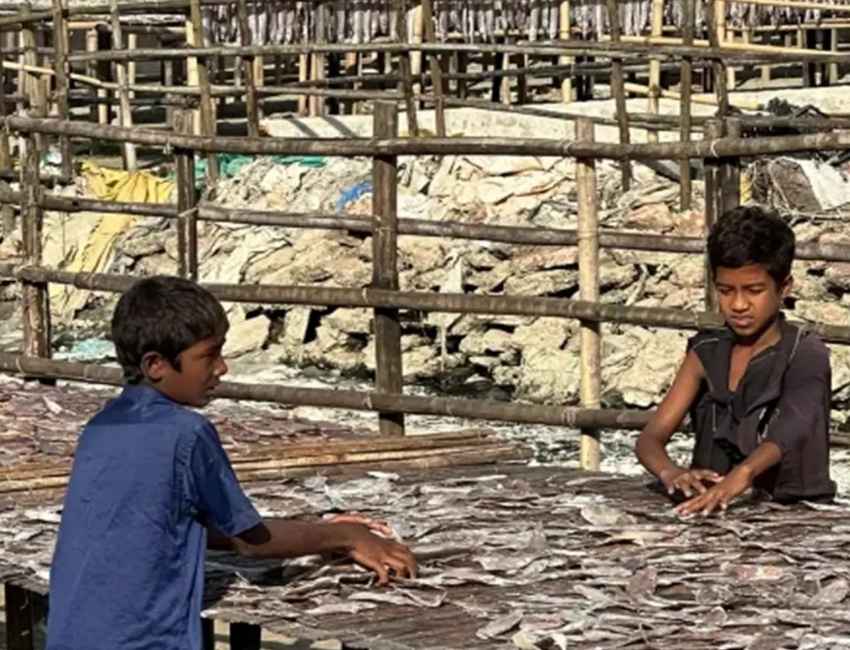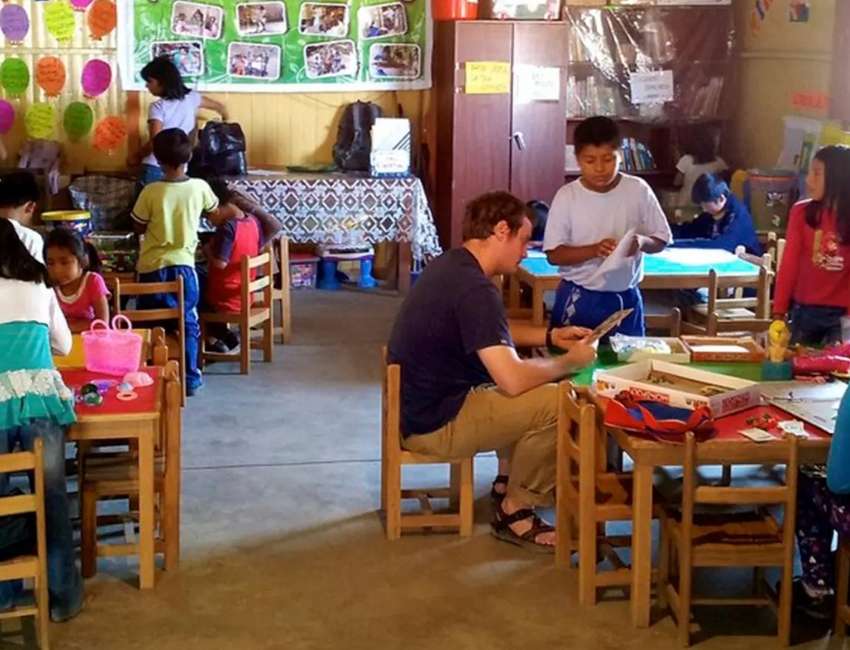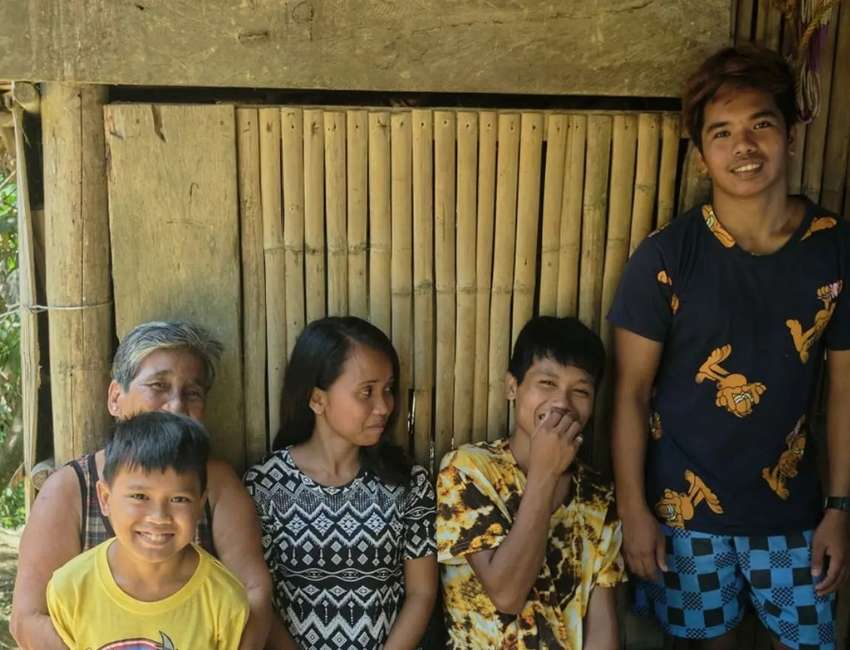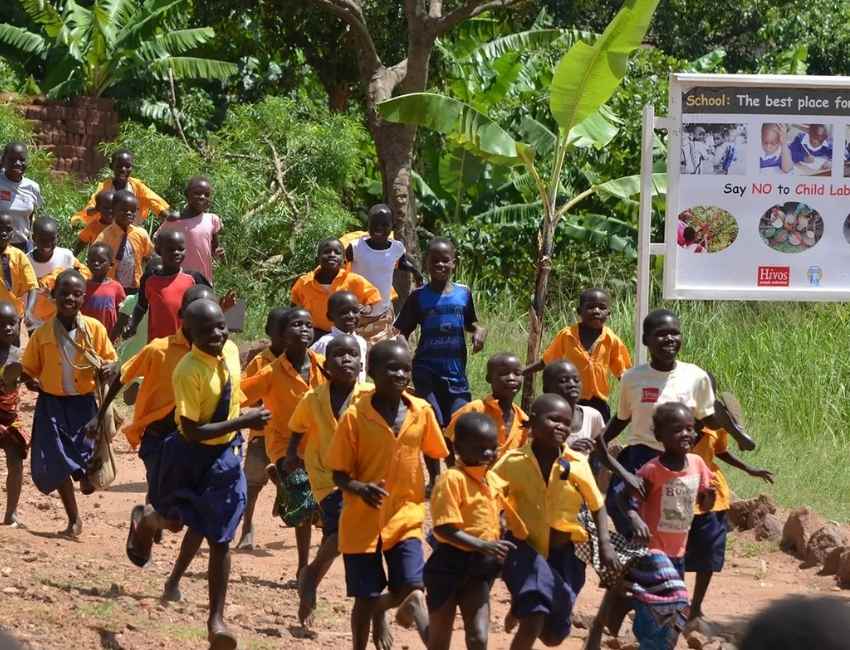We believe the most lasting change happens when communities lead. These stories show how local action—supported by our programmes and advocacy—is transforming lives and systems. From protecting children in global supply chains to empowering young activists, community-led solutions are at the heart of ending child labour for good.
These coffee beans were born out of a crisis, but were transformed into a mother’s promise to her children. This is the story of Tania Andrade, leader of the CEMCAVIR cooperative, and how the past can become the strength to build a different future.
That bridge between our past and our children’s future was built by my colleagues and me. After the rust plague almost took everything from us, we united to survive. But in that union, the more than 50 women who today make up CEMCAVIR, made a pact. With the support of the NGO Development and Self-Management (DyA), we turned our own story into a system to change our children’s story, materialized in the Seal Free of Child Labor (SELTI). For us, it is not a certification; it is the declaration of our independence from a past that was imposed on us.
For us, it is not a certification; it is the declaration of our independence from a past that was imposed on us.
In coastal Bangladesh, where thousands of children were once forced to work in hazardous shrimp fry collection and fishing to support their families, the RESOURCE project (Raising Economic and Social Security in Agriculture for Child Labour Eradication) is changing lives. Through a powerful mix of livelihood support, school engagement, and community monitoring, over 2,300 children have been prevented or withdrawn from child labour. Community-led child labour monitoring committees now track school attendance and intervene early. With local government support and active community ownership, the project is building lasting systems for child protection, education, and resilience against climate shocks.


Across Nepal, Peru, and Uganda, children and youth are not just participating—they’re leading with activism as a result of our programmatic and advocacy interventions. In Nepal, 113 young advocates took charge of 25 campaigns across 30 municipalities, influencing policies and amplifying child voices at national forums. Peru’s DENATI (Defenders of Children and Youth against Child Labor) group trained 20 adolescent leaders to push for child labour reforms through direct engagement with authorities. In Uganda, survivors and child rights clubs became grassroots activists—identifying peers, reporting abuse, and drafting advocacy charters. From local to national levels, youth-led activism is shaping a more accountable, protective response to child labour.
A practical, multi-dimensional Child Labour Monitoring and Remediation System (CLMRS) is being advanced in the coconut oil supply chain to strengthen sustainable, sector-based responses to child labour. Rooted in real-world implementation, this approach has helped prevent hundreds of children in hard-to-reach, smallholder farming communities from entering hazardous work by enabling early identification, referral, and support. The system is co-designed with local stakeholders, linking governments, civil society, and businesses through tools like referral frameworks, community help desks, and capacity building. Beyond child protection, CLMRS strengthens Human Rights Due Diligence (HRDD) for companies by providing structured, ongoing monitoring and remediation processes—embedding social accountability directly into supply chains and improving corporate risk management and sustainability performance.


In Uganda’s Mt. Elgon region, our integrated efforts brought together coffee companies, local government departments, CSOs, and communities to take coordinated action against child labour. A strong Child Labour Monitoring System (CLMS), structured across district, sub-county, parish, and village levels, enabled early identification, referral, and support—reaching over 4,900 children and caregivers with services including psychosocial support, alternative care, and GBV prevention. Six major coffee companies and four cooperatives signed formal commitments to eliminate child labour from their supply chains, backed by capacity building and due diligence training. The “Seeds for Education” initiative, which linked school feeding to household food security, led to a 25% rise in enrolment and slashed absenteeism from 20% to just 1%. Farmers were equipped with tools, inputs, and agronomic support to grow food for both income and school meal contributions. By embedding child protection into business practices and linking local CLMS data to Uganda’s national Child Wellbeing Monitoring System, the project has laid the foundation for sustainable, community-led responses that make child labour-free supply chains a reality.